Newsdesk Archive

Footprint evidence of human-megafauna interactions is extremely rare. Researchers from Cornell used a method called ground-penetrating radar to “see” potential footprints.

A Japanese spacecraft left a distant asteroid on Wednesday after successfully completing its mission to gather soil samples and data that could provide clues to the origins of the solar system.

Tiny fragments of an asteroid located more than 200 million miles from Earth could hold the key to discovering the origins of the world’s oceans.

November is fireball season. This month, keep an eye out for two sure-fire annual meteor showers, and—just maybe—a wild card outburst from the obscure Alpha Monocerotids worth watching out for.

A geologic change might have plunged lush landscapes into arid zones, killing off an array of creatures—and it might happen again one day.

A Denisovan finger fossil is uncovering mysteries about this wiped out Stone Age race.

That the government will allow a few to get cannabidiol medicine is good news. That is all that can be said. Once more a decision emerges that reveals the evils of a politicised, centralised, deadened health service.

Is it possible that plants have feelings too and if so what proof is there? With the controversial field of plant neurobiology igniting opinions, Jade Norton leafs you wondering what the future may hold for plant cognitive research.

So, were Neanderthals us? Leaving the chin and beetling brow out of it, would we notice a Neanderthal in the room? And if one was there, could he paint a picture?

An asteroid orbiting the sun has surprised astronomers by turning out to be roughly spherical in shape – possibly qualifying it to be the smallest dwarf planet in the solar system.

The next full moon of 2019 — nicknamed the “beaver moon” — will reach its peak Tuesday morning when the annual Taurid meteor shower will be at its best.

Psychedelic microdosing has gained recent popularity after claims that microdosing lysergic acid diethylamide (LSD) can have a beneficial effect on creativity and cognition.

Charities welcome epilepsy and MS drugs but say thousands of people have been left in limbo.

REAGAN GAVIN RASQUINHA explores how the mind can create success stories out of random ideas that manifest during a dream

PARIS — A team of scientists who last week announced have created a virtual-reality tour that allows users to “teleport” themselves inside the structure and explore its architecture.

New study adds evidence to the theory that Neanderthals did not vanish but rather assimilated into human immigrant populations and arrived in what is now Israel about 40,000 years ago.

Researchers have uncovered fascinating new insights into an ancient mountaintop settlement high up in the Peruvian Andes, which pre-dates the famous Inca site of Machu Picchu.

Psilocybin has shown promise for conditions like depression. Now, researchers are asking if the psychedelic experience is absolutely necessary to treat mental health.
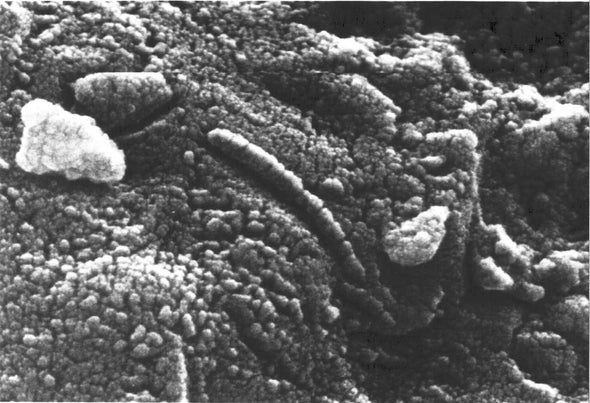
If organisms were transferred from Mars to Earth on a meteorite billions of years ago, they could have been the original seeds of life on our own planet. If so, we could all literally be Martians.

Humanity can very easily learn how to save lives when a destructive asteroid appears – and not by blowing it up or changing its course.

A road crew building a new roundabout found ancient artefacts that date back to a period of American history about which little is known.

Cosmic rays unveiled a hidden chamber within the Great Pyramid. Muons, the high-energy particles generated when collide with our atmosphere, where used to explore inside without moving a stone.
/https://public-media.si-cdn.com/filer/bb/5f/bb5f961b-87f0-4bea-82ab-b2f3011632da/foto_home.jpg)
Researchers announced the discovery this week, saying that it lends “unprecedented context” to experts’ understanding of how ancient humans hunted woolly mammoths.

A new DNA analysis of the Roman Empire has significantly changed the face of one of the ancient world’s first great cities.

NASA’s impact monitoring system has detected the largest and most dangerous asteroid that could hit Earth. If this asteroid collides with Earth, it could cause a partial extinction event on the planet.
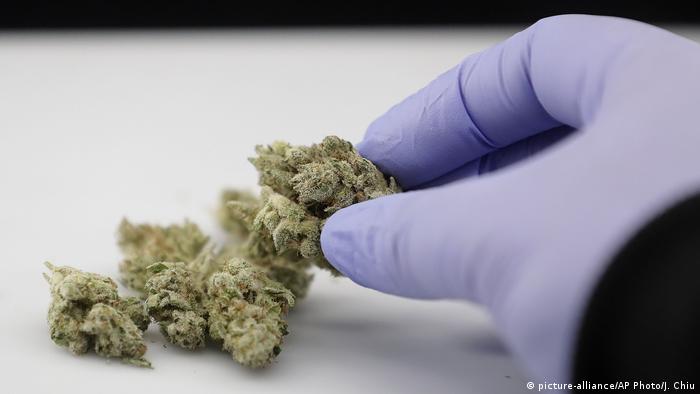
Despite its stigma in much of Southeast Asia, a new law in Thailand allowing for the research and development of medical cannabis is blazing a path for the crop's production and new opportunities.

Rep. Alexandria Ocasio-Cortez (D-NY) called for decriminalizing the use of and research on psychedelics, as well as comprehensive marijuana legalization.

With the discovery of each new skull fragment, femur, and stone tool, archaeologists are methodically piecing together the fractured history of our species and other hominins closely related to us.

If a tree falls in a forest and there’s no one there to see it, does it make a sound? Galileo's scientific worldview has a big problem at its heart: it makes a science of consciousness impossible.

Recent breakthroughs in scanning, image processing, and machine learning are helping researchers read historic documents once considered lost to time.
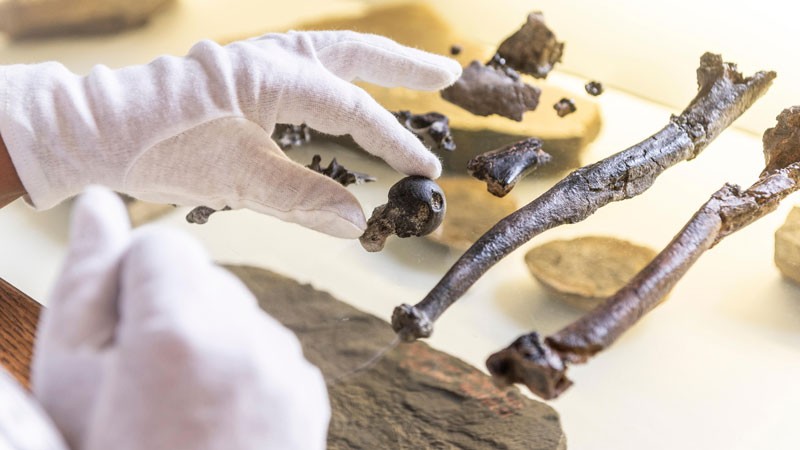
Scientists say they have found the remains of a previously unknown ancient ape that could stand upright almost 12 million years ago.

Advanced imaging technology has cast new light on a a pre-Columbian village in Florida, revealing insights into its role as an important regional hub.
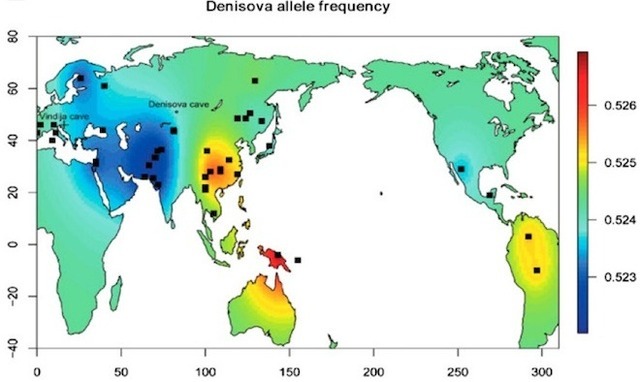
University of Washington geneticist PingHsun Hsieh and his colleagues found Neanderthal and Denisovan versions of some genes in the genomes of people from Melanesia.

A new study that pinpoints Botswana as the origin of modern humans some 200,000 years ago has caused a flurry of debate among scientists, with some dismissing the research as deeply flawed.

Scientists have detected genetic traces of settlers in Palaeolithic times in North Africa which could rule out the theory that recent migrations from other regions completely erased the genetic traces of ancient North Africans.

Cerutti knew from an early age that he wanted to be an explorer of the past. What began as a curiosity became an obsession that lead to the most contentious discoveries in North American archaeology.

On Nov. 11, people across most of the world can catch the planet Mercury passing across the sun. This rare event won't be seen from Earth again until 2032.

Modern humans and Neanderthals mixed and matched but they died out and we didn’t: Maybe we didn’t outsmart them, just sneezed on them

Drone-mounted lasers have revealed details of the architecture of an ancient island settlement off Florida’s Gulf coast.

Who exactly were the Aurignacians? Researchers report that these culturally sophisticated yet mysterious humans migrated from Europe to the Levant some 40,000 years ago.

The universe contains somewhere in the ballpark of 100 billion and 200 billion galaxies. With numbers that large, you can bet that there are some real weirdos out there.
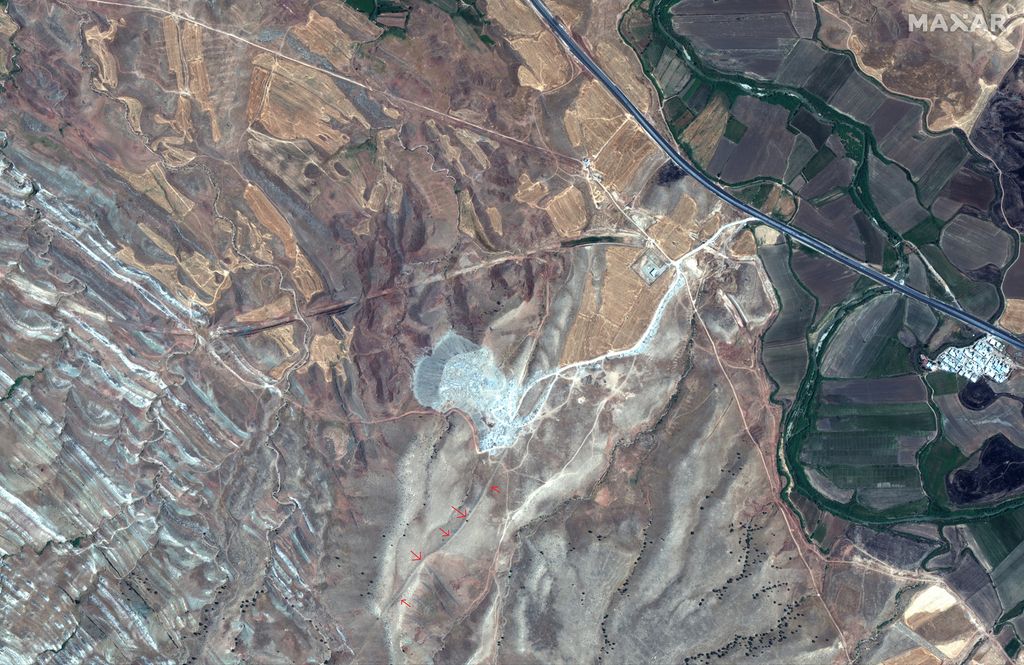
Archaeologists have identified the remains of a stone wall in Iran about the length of the famous Hadrian's Wall that was built across England by the Romans.

TEHRAN - Excavations in a cave in western Iran have shed new light on the history of the region, which has previously proved to have links to the Paleolithic times.

Archaeologists have discovered a secret Aztec tunnel world believed to have been built by Montezuma I in honor of Tlaloc, the Aztec god of water and fertility.

Explaining how something as complex as consciousness can emerge is arguably the greatest scientific challenge of our time.

Mixing a specific type of meditation with a well-known hallucinogen may make for a new form of therapy that could aid those with depression, according to a new study.

SPRINGFIELD, Ill. -- When lawmakers crafted the law legalizing marijuana in Illinois, they tried to make sure it would right what many see as past wrongs linked to the drug.

An expert warned that Earth would have little time to react if a space rock from the asteroid belt gets dislodged from its orbit and heads toward Earth.

Keep your eyes on the night sky this week as the as the Northern and Southern Taurid Meteor showers cause shooting and bright fire balls.

As the Ice Age began to wane, people from northeastern Asia spread to the Americas. The story of when and how humans populated the New World is beginning to take shape due to new findings.

New fossil evidence suggests the Neanderthal practice of collecting eagle talons, which were likely worn as jewelry or used to create powerful symbols, was more extensive than previously thought.
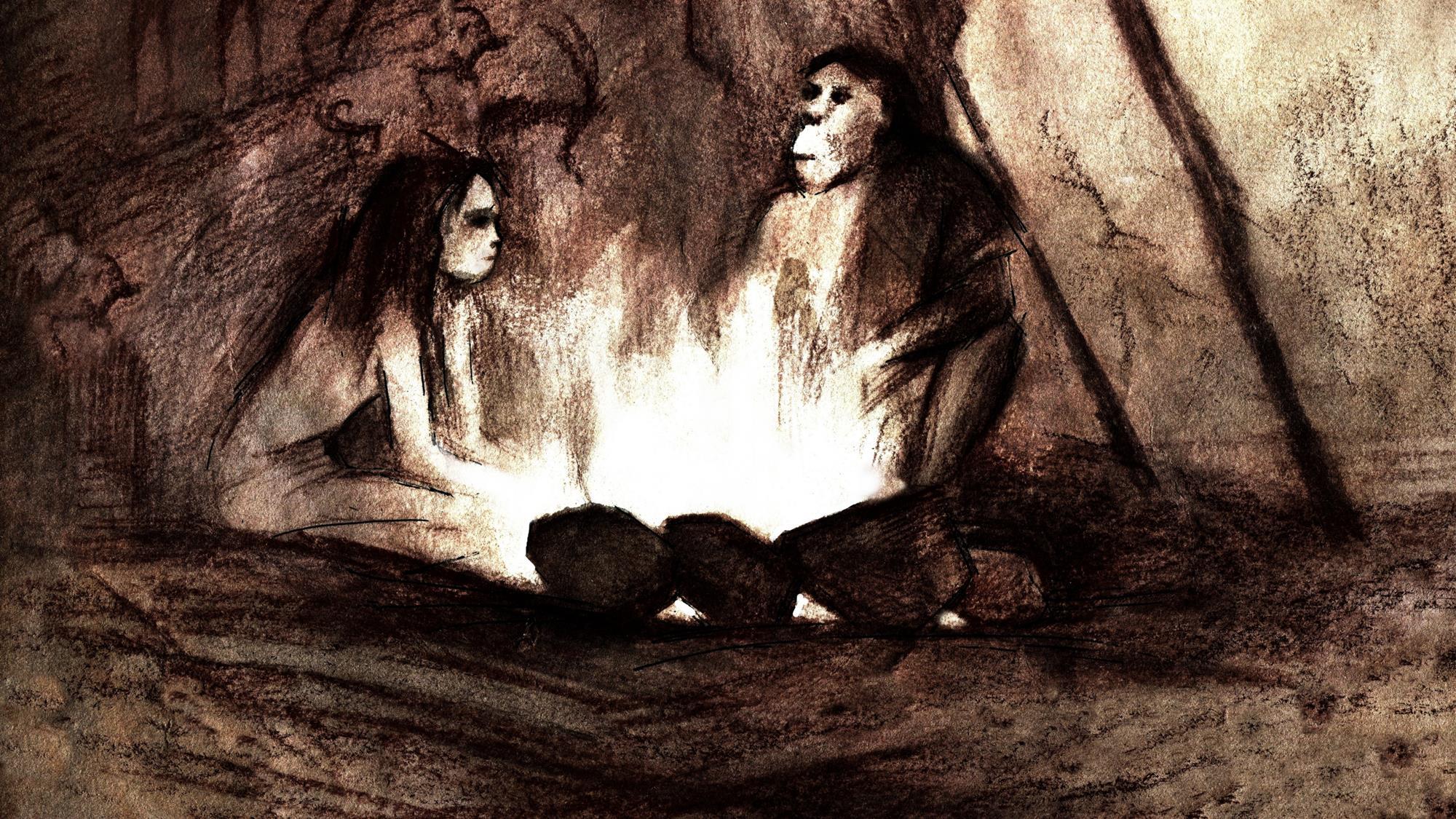
Neanderthals were masters at making and controlling fires, suggests new research that found distinctive hydrocarbons from ancient hearths in a cave inhabited up to 60,000 years ago.

Archaeologists have unearthed a Neolithic-era temple with three mostly-intact steles during excavations in southeastern Turkey’s Mardin province.
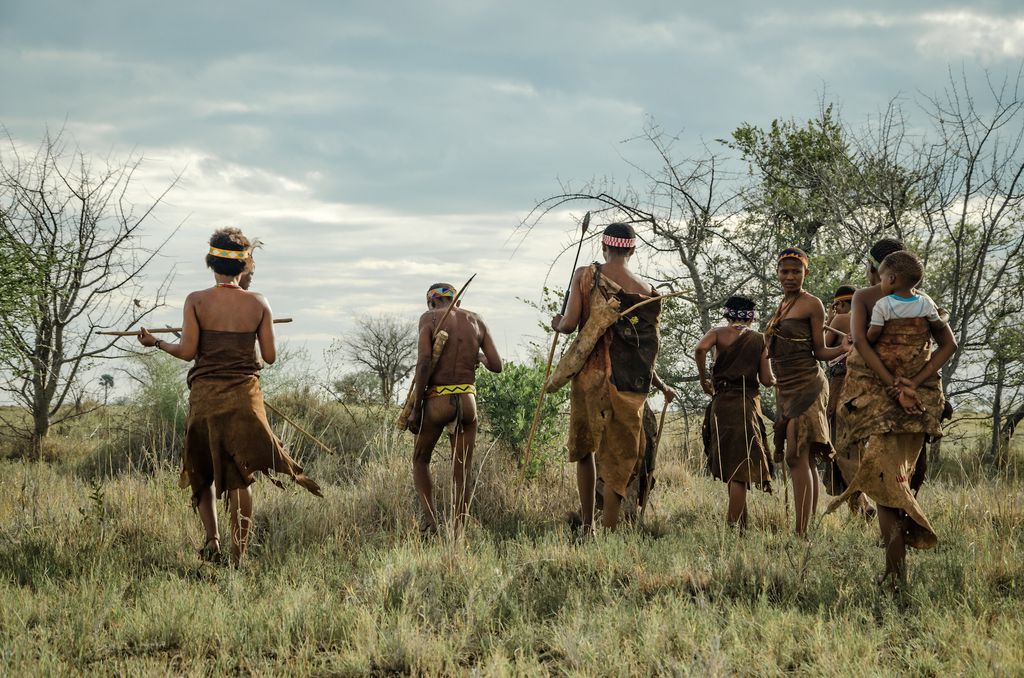
The San people of southern Africa carry one of the oldest maternal DNA lineages on Earth. Now, researchers think they know the precise place our earliest maternal ancestor called home.
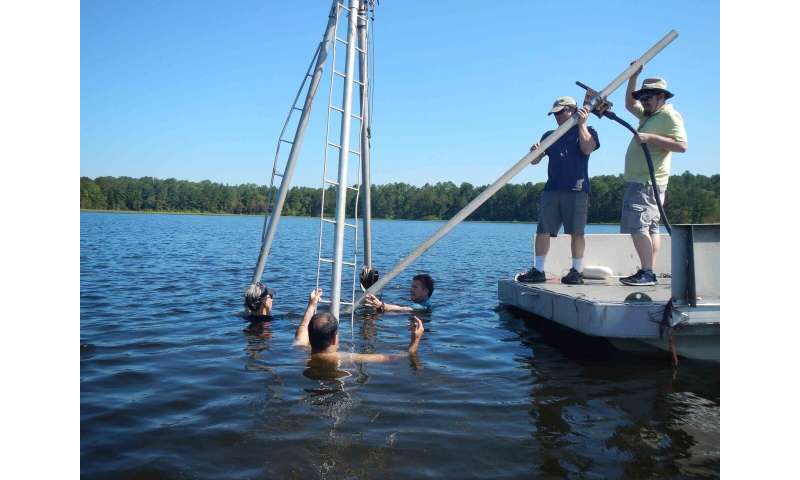
Archaeologist Christopher Moore and 16 colleagues present further evidence of a cosmic impact based on research done at White Pond near Elgin, South Carolina.
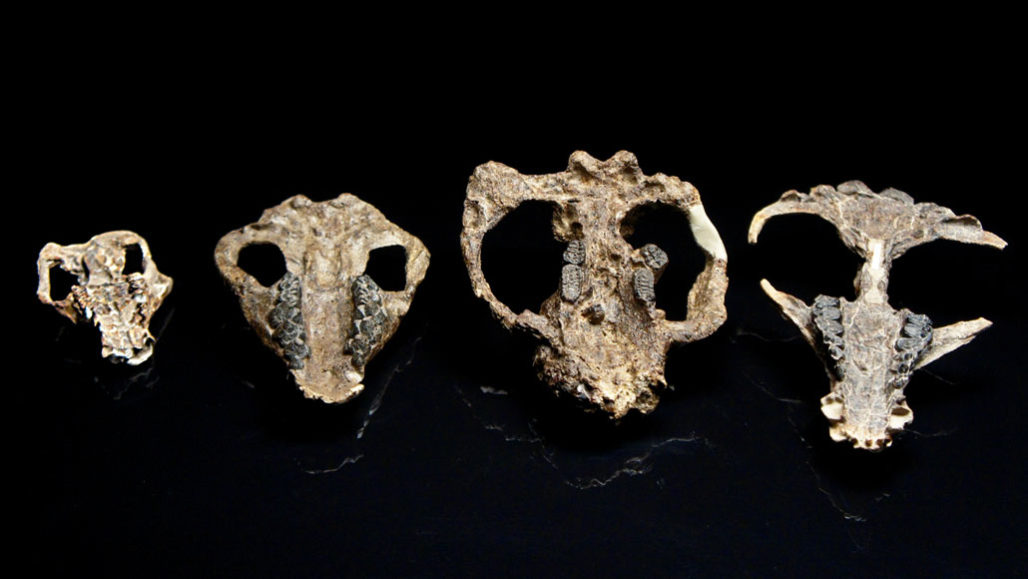
Survivors grew from the size of a rat to that of a wolf within 700,000 years of the impact.

The potential to miss things is pretty high when you’re looking at civilisations from thousands of years ago, especially when they were often better at dealing with their waste than we thought.

In a win for the ACLU, South Dakota under Gov. Kristi Noem agreed Thursday to not enforce its controversial “Riot Boosting Act," which faced harsh criticisms.

The evidence is mounting that the cause of the Younger Dryas’ cooling climate came from outer space.

Technology seems to have been a routine part of Neanderthal life.

New research has found that indigenous clam gardens are more productive than current practices.

Denisovans and Neanderthals passed extra copies of some DNA to modern humans.

Most of an island off northern California will again belong to the Wiyot Tribe, which was decimated by settlers in 1860.

Researchers can "definitively" say that the ruins, overgrown by thick vegetation on the mountain of Phnom Kulen, are in fact from that 1,000-year-old city. The ancient city was never really lost, as Cambodians have been making religious pilgrimages to the site for hundreds of years.

As evidence of the existence of culture in animal groups emerges, humans need to rethink what it means to have culture. We must accept that what we have long considered our own might be shared.

A judge in North Dakota has granted the tribe a request to intervene in the increased capacity plan, and it will take part in a public hearing scheduled for November 13th.

As Netanyahu’s attempt to link the Philistines to the Palestinians show, DNA analysis of ancient humans is being harnessed for political purposes.

The pioneering project is searching for underwater evidence of ancient Indigenous life in the Dampier Archipelago.
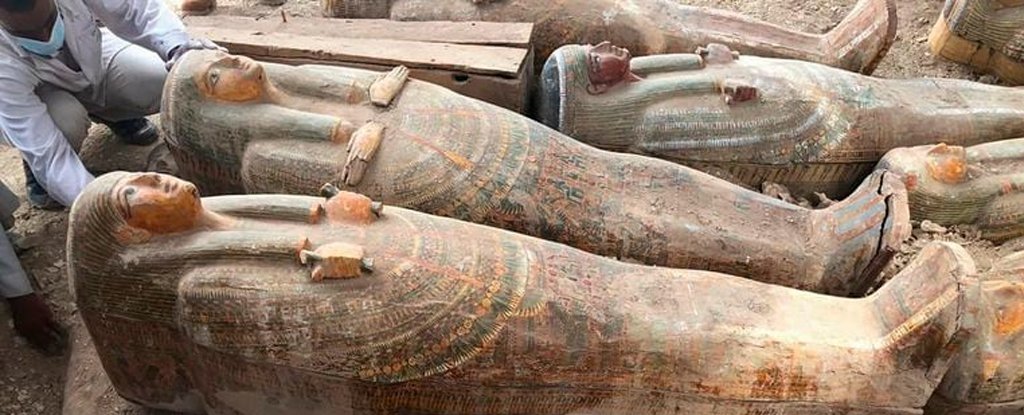
The Egyptian government is hailing the discovery of more than 20 wooden coffins as "one of the largest and most important" archaeological finds in the past few years.

Scientific examinations of historical accounts suggest that up to 40 percent of Mexico’s population lives along a zone that is more seismically active than suspected.

Nobody looked for Neanderthals or early Homo sapiens on islands because it was thought they weren’t seafaring – but back then, the Aegean wasn’t a sea.

LiDAR technology in conjunction with ground-based surveys have allowed archaeologists to determine the boundaries of the ancient city of Mahendraparvata dating back more than 1,200 years.

Several US states and cities have done away with Columbus Day celebrations in deference to Native Americans.

Humans have been saving leftovers for at least 200,000 to 400,000 years.

The Commonwealth has launched a regenerative climate change model called Common Earth, which marries the ancient wisdom of indigenous groups with emerging innovations, technologies and scientific approaches.

In American states where marijuana is legal for medical uses, prescriptions for opioids and anti-depressants have fallen 30 per cent. It's time our health secretary woke up.

Isotope found in seabed sediment points to clash of solar bodies near Mars, study suggests.
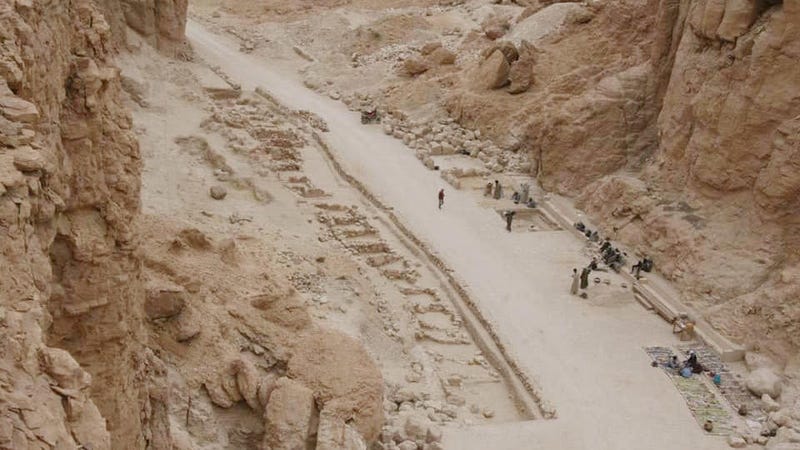
New archaeological discoveries in Luxor highlight a remarkable “industrial zone” in which workers manufactured items for royal tombs.

DNA and isotopic analysis of people who lived in Germany some 4,000 years ago show unexpected connections across Bronze Age farmsteads.
/https://public-media.si-cdn.com/filer/14/31/14317d4c-dae0-4c50-8a9f-97f7c8adcb4f/dsc_0312.jpg)
Called “Return, Reconcile, Renew,” the new site offers a virtual space for support and healing.

The findings show how the ancient civilization adapted farming practices in the face of environmental challenges.
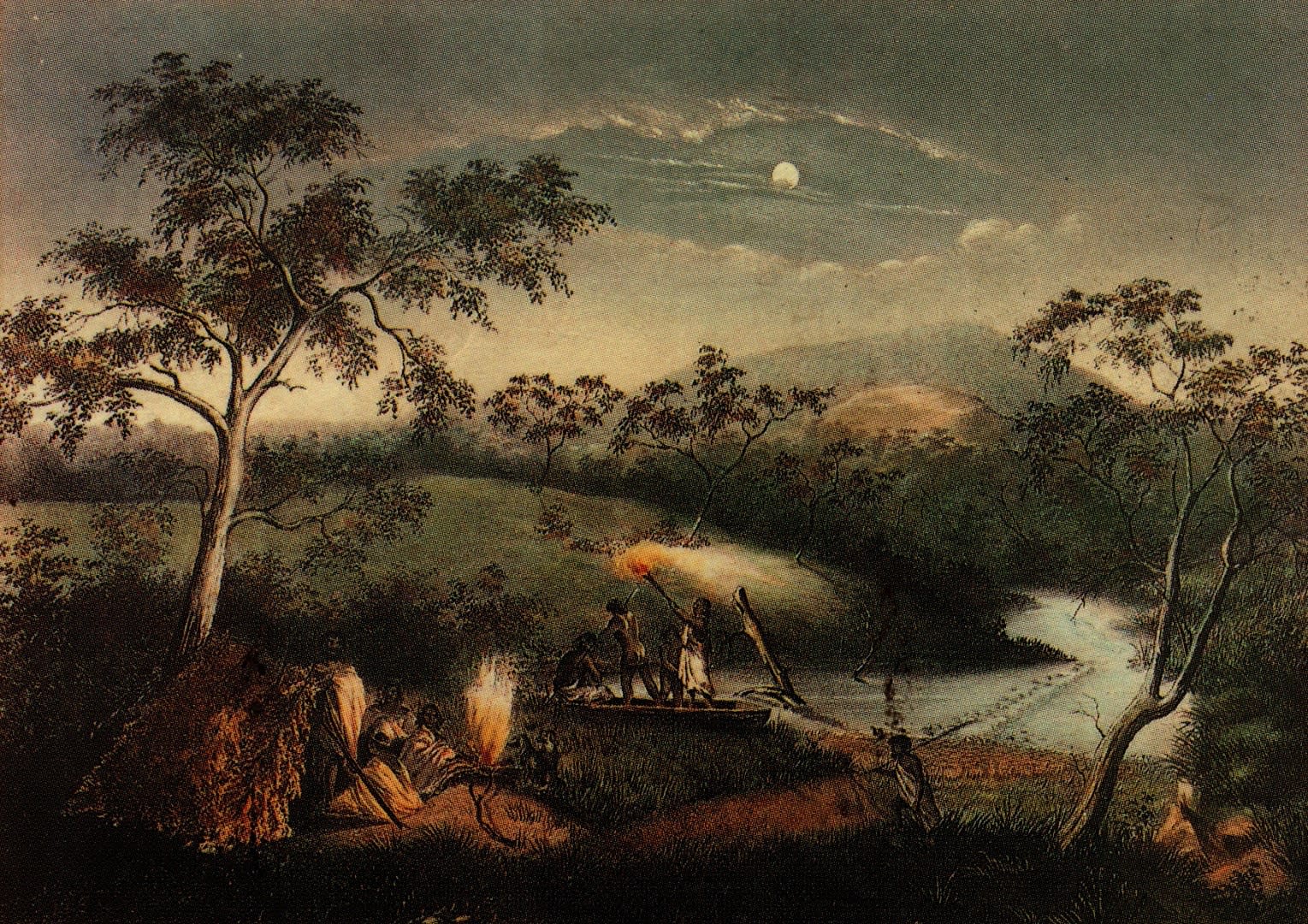
A university’s core role is knowledge creation, but Australian universities are still missing out on genuine two-way learning with local Indigenous knowledge.

Dating back more than 113 million years, the fossils belong to "one of the most important Thai dinosaurs ever found," paleontologists say.

On Sunday, Greta Thunberg joined Iron Eyes on a panel on the climate crisis hosted by the Lakota People’s Law Project at the Pine Ridge Reservation in South Dakota where Iron Eyes lives.
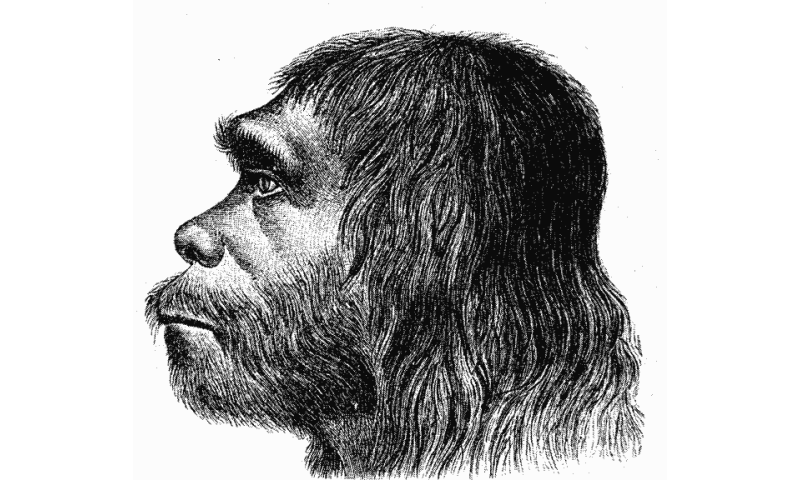
A new ability to study changes in the on/off "instructions" for genes helps identify differences that fossils alone cannot tell us.

A cutting-edge archaeological project using innovative technology has revealed around 1,000 previously unknown archaeological sites on the Isle of Arran. Heritage chiefs believe "tens of thousands" more sites could be found using the technology.

Labor pledged to reinstate ‘wild rivers’ protections, but is yet to follow through, angering Indigenous and environmental groups.
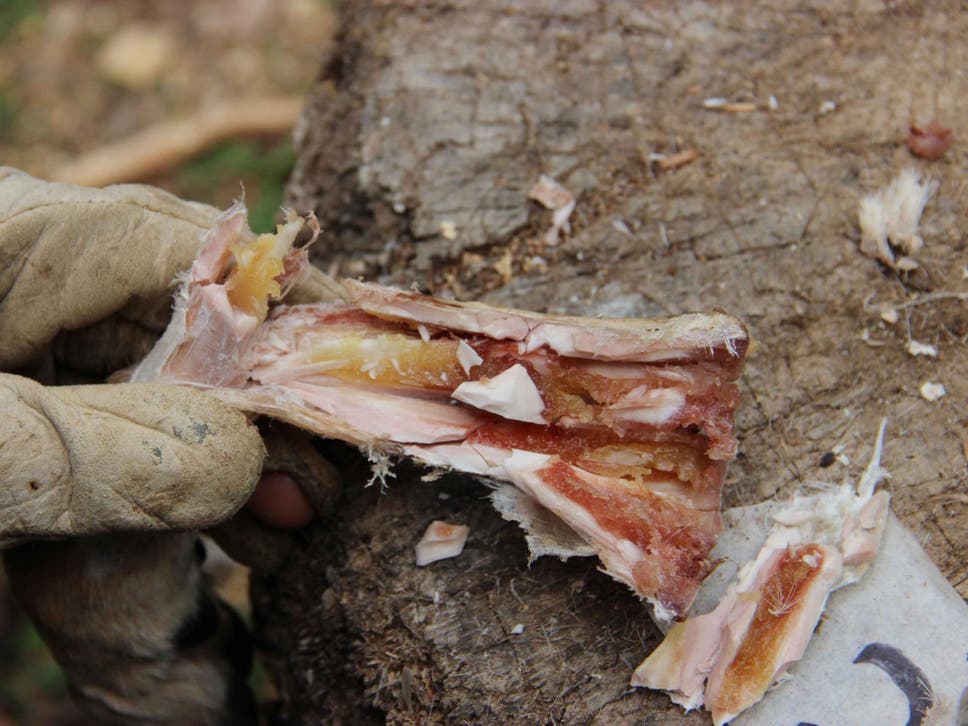
Previously, scientists thought Paleolithic people lived a hand-to-mouth existence but this research shows they were sophisticated enough to preserve meat using bones like we use modern-day cans.

Ancient volcanic charred scrolls written in a dead language made readable again. They were discovered in what's believed to be the only intact library from antiquities.

A nearly 4,000-year-old burial site found off the coast of Georgia hints at ties between hunter-gatherers on opposite sides of North America.

In a new exhibition, the work of Native American artists in New York is being heralded in opposition to a ‘history of erasure, misrepresentation and appropriation’.
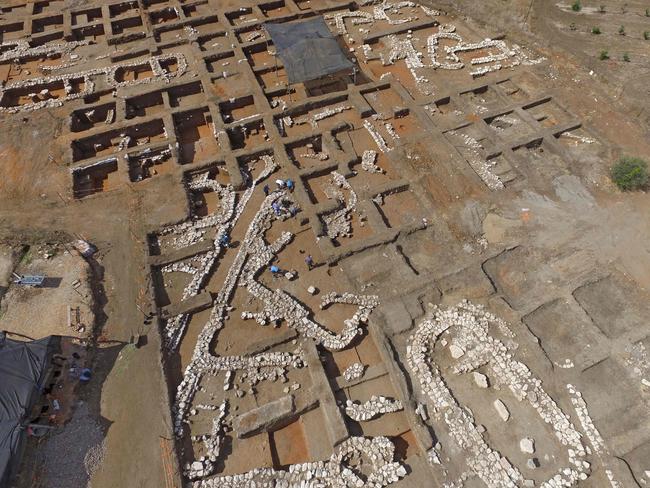
Israel’s Antiquities Authority calls the early Bronze Age site a “cosmopolitan and planned city” that is thought to have covered 65 hectares and was probably home to about 6000 people.

The museum has been in possession of the material since the 1920s. Australian Aborigines and native Americans have been campaigning for the return of such objects for decades.
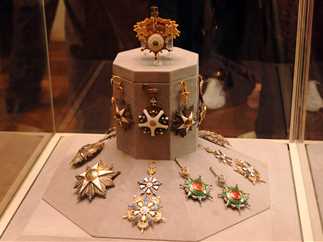
Residents of Ogan Komering Ilir in South Sumatra, Indonesia, have found ancient gold and jewelry artifacts, some of which are Egyptian artifacts dating back to centuries ago.

This scroll came from a library in Herculaneum, near Mount Vesuvius. And it was caught in the famous eruption of that volcano nearly 2,000 years ago — the same eruption that buried the city of Pompeii.

Their existence of microliths at Fa Hien Cave suggests a range of “more diverse ecological contexts” for their use by Homo sapiens, researchers believe.

Further investigation by Chile’s National Service of Geology and Mining reports that there is no evidence that space rocks, or any other natural cause, could be attributed to the fires.

New, state-of-the-art methods provide detailed insights into the timing and causes of 'megafauna' extinctions in the past.

The way Tasmanian Aboriginal people hunted, gathered and used fire influenced today’s plant and animal communities. This has big implications for conservation today.

Cahokia Mounds protects more than 70 mounds built by the ancient Mississippians 1,000 years ago, but it has never received the recognition it deserves as one of the world’s most significant cultural sites.




